SELECTED CURATORIAL
PROJECTS & EXHIBITIONS
 | 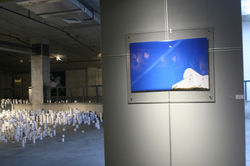 |  | 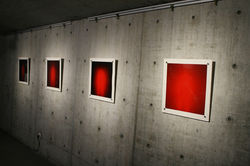 |
|---|---|---|---|
 | 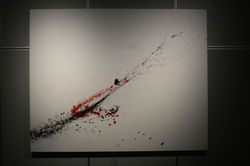 | 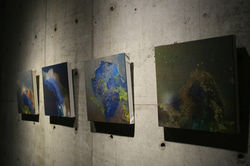 | 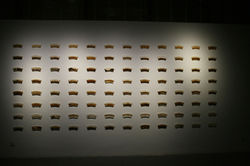 |
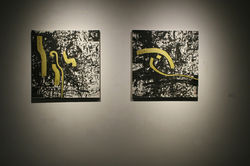 | 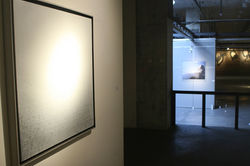 | 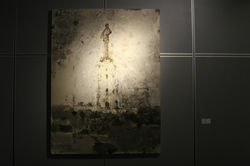 | 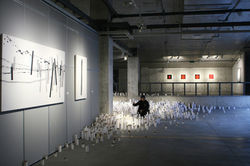 |
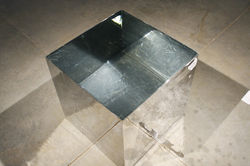 | 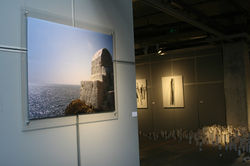 | 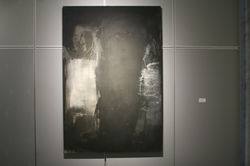 |  |
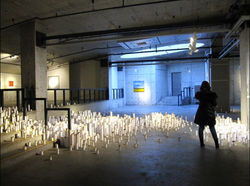 |  |  |  |
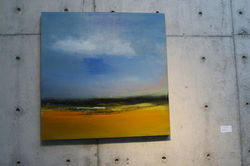 | 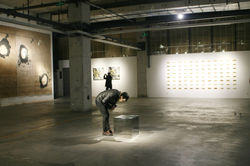 |
FORMS OF THE FORMLESS
Forms of the Formless was a multi venue traveling exhibition installed in major Chinese museums featuring artists from Asia, Europe and the United States. Works engaged the meanings and uses of abstraction as these have been expressed in ancient, modern and post modern art and culture. Juxtaposing Western-based formal/theoretical models of abstraction with Chinese-based philosophical perspectives, Forms of the Formless highlighted inter-global parallels.
The first leg of the show was held in 2012 at the Hubei Museum of Art, in Wuhan under the sponsorship of the China Sculpture Institute, and curated by Museum of Contemporary Art, Beijing Director, Michael Suh.
I served as the Chief Curator and chief catalogue essayist for the final two presentations of this exhibition: the first at the Teda Museum of Contemporary Art, Tianjin, in 2013, and the most comprehensive display in 2014 at the Beijing Museum of Contemporary Art.
Over 100 works of drawing, installation, video, painting and conceptual photography addressed complex themes of abstraction as imagined by 30 noted international artists -- among them Qin Feng, one of China’s leading contemporary artists, Lita Albuquerque, globally recognized land artist, and Dutch-born painter Luc Leestemaker.
 |  |  |  |
|---|---|---|---|
 |  |  |  |
 |  |  |  |
 |  |  |  |
SOME CITY ANGELS
In the fall of 2011, with the help of major funders like the Getty Research Institute, the entire city of Los Angeles mounted a multi-site celebration under the general title of Pacific Standard Time: Art in L.A. 1945—1980. This unprecedented collaboration by dozens of arts institutions across Southern California, including museums, galleries, municipal facilities, major arts and Liberal Studies colleges and universities, produced coordinated exhibitions and projects unveiling the birth of and inordinate contributions by the L.A. art scene during the paradigm shifting years between the 1940s and the 1980s.
I was invited by Edward Cella, Director of Cella Art + Architecture Gallery to design his contribution to the city-wide Pacific Standard Time programming. To augment this view of the past and bring it full circle to the present, I designed an exhibition of works by seasoned and newcomer Los Angeles artists active in 2011. These artists inherited yet cleverly expanded the legacies of those earlier decades, and their vision helped fashion Los Angeles into one of the most provocative and unpredictably fresh current art centers.
The title Some City Angels played on L.A. as the reputed city of good and naughty angels. Using site specific installations, sculpture, collage, film, wall drawings and more, artists in the show expressed the innocence, irreverence, fantasy, glitz, political verve, techno savvy, star addiction, love of things on wheels, stunning light and fearless experimentation at the heart of the fabled Ferus Gallery in the 60s and part of L.A.’s seduction yet today.
Bruce Beasley: A Sixty Year Retrospective, Grounds for Sculpture, New Jersey, 2021-2022.
FRAMING ABSTRACTION
Abstract form always existed. Prehistoric cave art, ancient art, medieval art and modern art used abstraction right alongside stunning verisimilitude in smart, deliberate ways. Western cultures equated the ability to duplicate the world with the highest standard of art skill, until the camera. Machines that in a click captured the real—as well as contact with artifacts of colonialism—led artists to re-imagine uses and meanings for abstraction: universal communication, theosophy, primal expression, the inner structure of objective reality, and to signify creative ‘free will’ in contrast to lock-step formulas of social realism. It’s fitting that one hundred years later we reconsider what abstraction means today, its legacy and longevity, how and why it is used. More fitting still is that we do this through works and words of artists who deploy that language now, each in very different but ever viable ways.
I curated this exhibition, Framing Abstraction (February 27 - April 24, 2011), as a celebration of the centennial of abstract painting. Abstract art has evolved from its original spiritual and utopian stance in the early 20th century to an art which was seen as radical-avant-garde, and on to its present vibrant position. Refuting the digital display of the current moment, abstract paintings are simply pictures, brushed by the hand of the artist, in which emotional intuition is framed by the artist’s rational mind into dynamic metaphors.









